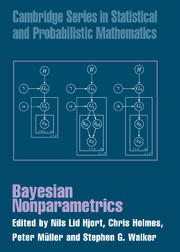The evolutionary history of a set of species is usually described by a rooted phylogenetic tree. The concept of a rooted tree is very simple and has proved to be extremely useful in many application domains. However, the truth is rarely pure and never simple.
By definition, phylogenetic trees are well suited to represent evolutionary histories in which the main events are speciations (at the internal nodes of the tree) and descent with modification (along the edges of the tree). But such trees are less suited to model mechanisms of reticulate evolution [219], such as horizontal gene transfer, hybridization, recombination or reassortment. Moreover, mechanisms such as incomplete lineage sorting, or complicated patterns of gene duplication and loss, can lead to incompatibilities that cannot be represented on a tree. Although the analysis of individual genes or short stretches of genomic sequence often gives strong support to a phylogenetic tree, different genes or sequence segments usually support different trees.
While it is generally undisputed that bifurcating speciation events and descent with modifications are major forces of evolution, there is also a growing belief that reticulate events play an important role in the shaping of evolutionary histories, too [55, 61, 111, 173].
Horizontal gene transfer (HGT), the direct transfer of genes from one organism to another, is known to occur very frequently in the prokaryotic world, the main mechanisms being transformation, conjugation and transduction [13, 28, 189, 231].
